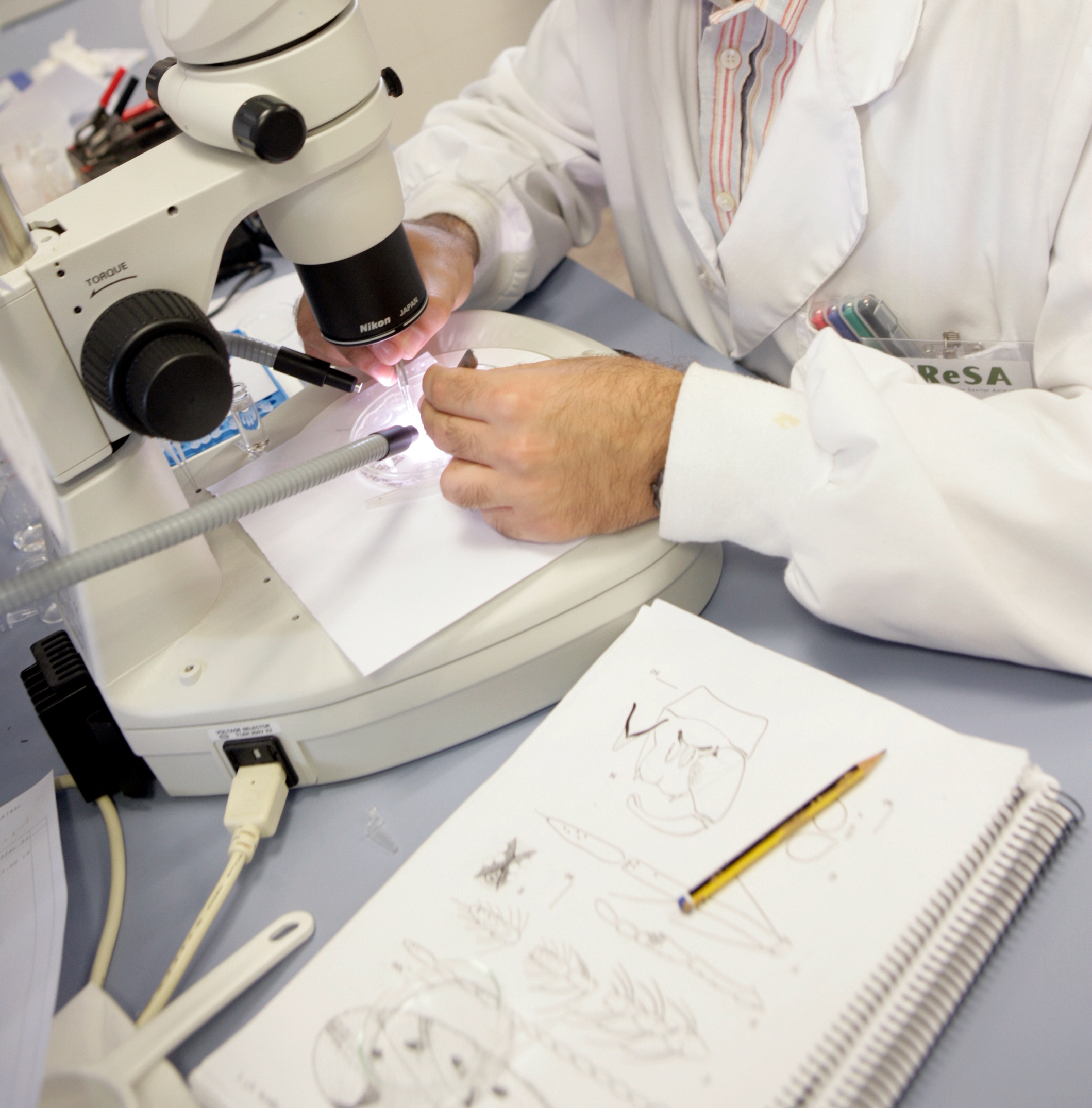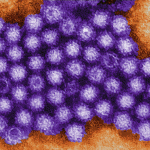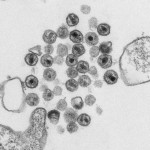Viral comments (4): Action-Reaction: Historical origins of the Good Laboratory Practice regulations

Good Laboratory Practice (GLP) can be considered as a reaction of the Food and Drug Administration (FDA) against a scene of poor scientific practices in laboratories and Contract Research Organizations (CRO), but also in some manufacturing laboratories during the 60’s and 70’s. Moreover, GLP sought to move forward with the normalization in the field of toxicology assays.
The FDA found itself authorizing the commercialization of drugs, insecticides, weed killers, food additives, cosmetics and cleaning products based on toxicology studies carried out by different CROs, which in fact were inaccurate. The rigorous audits that these studies experimented afterwards detected, among others, a brazen data invention, the replacement of dead animals (in some cases, hundreds) resulting from the treatment or product by other healthy animals, studies conclusions more positive than those actually taken from primary data, lending and borrowing of data and animals between different studies (which were far related to each other) in order to fill in the blanks left by the data that had been never collected, and highly questionable statistical procedures that allowed the reduction and suppression of the importance of adverse outcomes.
An example of the attitude of that time: the FDA reevaluated the data of a drug study after an independent author published an article, in the Journal of the National Cancer Institute, pointing out that the drug induced cancer in his animal model. The reevaluation result in strong disagreements between the primary data and the summary data used in the conclusions of the toxicology assay carried out by the CRO. The FDA reported the case to the manufacturing laboratory and its experts rewrote the assay. Nevertheless, instead of changing the summary data and make it identical to the primary data, they changed the primary data in order to make it coincide with the one that appeared in the summary and in the conclusions.
This scene of deviations in good scientific practice and the falseness in assays and public documents resulted in the imprisonment of the CRO leaders. From that moment on, the FDA established, in a quite executive way, an inspection program of laboratories and productive companies by means of the development and promulgation of a GLP standard (it became effective in the late 70’s: Federal Register 43 FR 59985-60020). The first GLP update took place in 1987. After a short period of time, the OECD, which includes the USA, also incorporated these regulations and the establishment of an inspection system (1997, OECD: EMV/MC/CHEM(98)17 part two). Currently, in Spain, in order to include non-clinical security studies in the register of pharmaceutical products, pesticides, cosmetics, veterinary drugs, food additives, and industrial chemicals, such studies must be carried out in centers applying the GLP standards and regulations (see Royal Decree 822/1993 of 28 May 1993 and the subsequent revision of the GLP principles by means of Royal Decree 1369/2000 of 19 July 2000 and Royal Decree 2043/1994 of 14 October 1994, about GLP inspection).
The application of GLP on research does not necessarily guarantee a science of quality or a cutting-edge science, but a rigorous and trackable activity. Good scientists should go with GLP in order to achieve profitable and effective effects.
For further information: http://www.aemps.gob.es/industria/inspeccionBPL/home.htm













